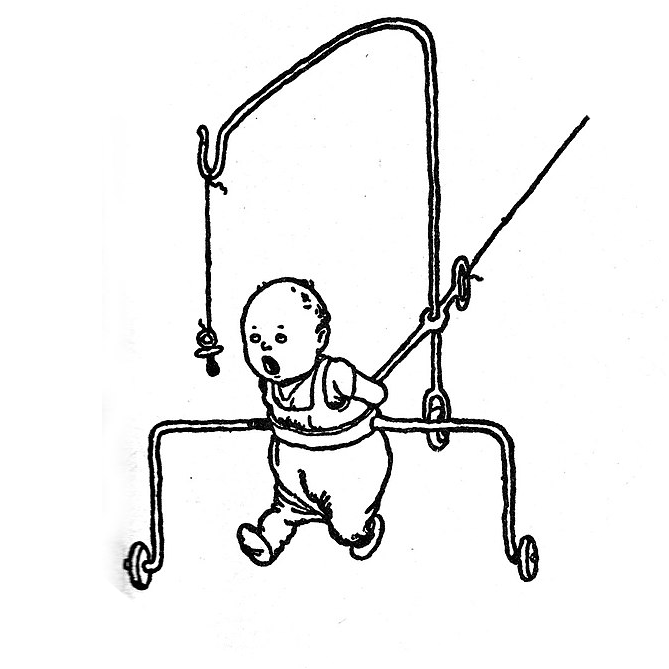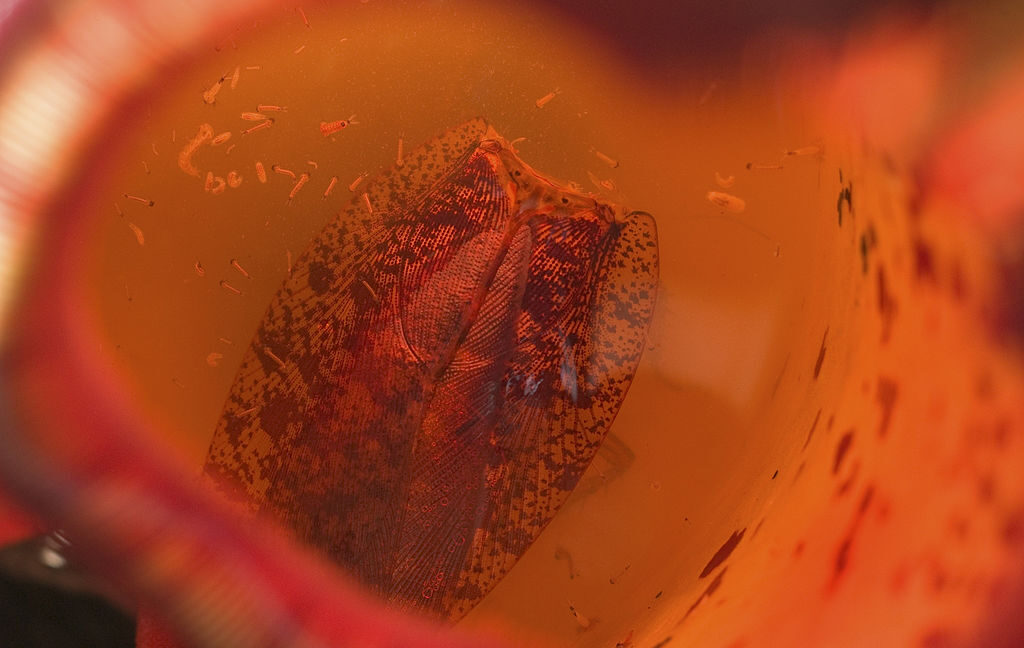We are just one tiny step away from the legendary sentient toilet, the one the Internet has long debated the love or hate relationship with its owner.
- 33 Posts
- 639 Comments
Gross, sounds like a Tate Bro.
Yeah I’ve cut down heavily on my social media
I don’t know who Logan Paul is or why I shouldn’t subscribe or unsubscribe and at this point I’m afraid to ask

 3·4 days ago
3·4 days agouBlock OriginAIs

 8·6 days ago
8·6 days agoNever heard this as a joke, I did hear it from people about to retire but they weren’t joking.
What I do get is " no, you’ll soon see how this will create more jobs in the long term. It’s the same that happened with computers, nobody liked them at first, now they’re everywhere".

 5·10 days ago
5·10 days agoI’ve always been a fan of the prehistoric plants ( though if I’m being pedantic the vast majority of plants are prehistoric). Araucaria and Dicksonia are the best of the best!

 3·14 days ago
3·14 days agoIn general the culture is very much ‘you do you’. People mind their own business and don’t discriminate much. There is some animosity towards immigrants from some neighboring countries, but you would already know if that was your demographic. Occasionally you find some disdain towards English-speaking immigrants, but I would say that’s overshadowed by admiration in general.
Overall I’d say the vibe is positive.
The main concern with Argentina isn’t discrimination but economic instability, corruption, and high crime rates. Buenos Aires, its capital, is rough. If you are seriously considering it, my suggestion would be pick another province and ideally bring your own work as a freelancer or similar, because making money can be challenging.

 3·14 days ago
3·14 days agoI’m glad to see most people replying yes, I was like “wait, is it not?”. The only time I don’t see noise is when I look at flat colors on a screen and I’m not a fan.

 21·14 days ago
21·14 days agoI believe the technology will eventually be implemented, but most likely not as an external device but as part of a neural chip/link/augmentation. We are already heading in that direction, and I’m certain we humans (unless we nuke ourselves out of existence first) will finally get to the stage in which our brains are augmented with the aid of some kind of artificial implant.
And it’s going to happen relatively slowly at first, then faster and faster. And things will fail or will be exploited and yes, one of those side effects might be wiping your memories or screwing up your identity.
Personally I’m not too worried, I don’t think I’ll live long enough to reach that phase let alone be able to afford any modifications to myself. I just hope humankind learns from the absolute mess that is social media and AI today and can see the obvious risks of implementing something like that. Or not. Just let the world burn down

 8·14 days ago
8·14 days agoIt’s a really good question, I’m from Argentina and I don’t have a solid answer. Like someone else said the colonization and history is likely to be part of the reason, but I would like to remark that Argentina has a lot more influence from Italy, Spain, Germany and France, and also Jewish ( iirc Buenos Aires used to be the city with the largest jewish population after New York in the 90’s). It’s a very different cultural melting pot compared to any other country in South America.

 451·21 days ago
451·21 days agoConsidering you mention affairs and divorce I’m going to presume you have a relationship you are not happy with.
I can absolutely relate to being exhausted after work. But it’s the job you do more than the hours. I’ve had energy after a 50hr week, yet felt absolutely drained in other jobs with just 30hrs.
Catch 22 then, because you can’t improve your relationship if you are reduced to a zombie, and your relationship is supposed to help ground you against the drains of daily life.
The ideal answer would be to talk things with a professional therapist. Not sure if you are in a position to do that. Second best is, talk things calmly with your partner and see if it is possible to cut down hours of work, perhaps move somewhere more affordable, change your job, in order for you both to have more time enjoy yourselves and your family. It sounds like you can do without, but it is important.

 8·3 months ago
8·3 months agoI would also put my money on beetle larvae, because of the segmented body and the apparently well developed insect like legs. Moths, butterflies and flies don’t have legs like these during their larval stage. Now what type of beetle I’ve no idea, your dermestid guess is as good as mine.

 10·3 months ago
10·3 months agoMost realistic illustration I’ve ever seen in a book
Great Amphora, how many R’s are in strawberry? Also can you show me a half-orc with three tits?

 1·3 months ago
1·3 months agoAI blurb on Google. Not on the company’s site. Of course if it were on the site it would mean the customer is right, and that’s exactly what I’m saying the customer isn’t.

 10·3 months ago
10·3 months agoI work in a customer service role and I’ve seen people argue the company returns policy, the stock and other procedures based on what the AI blurb spits at them. They have the audacity or the idiocy of claiming it’s the company website, too. It’s so cringe.

 201·3 months ago
201·3 months agoPretty much everyone at the DnD tables I frequent is in love with slop for their characters. Or environments. I shudder. “No it’s not too bad, look at this”. Of course it’s not all too awful looking, that’s why AI keeps removing artists of jobs. But people using AI for quick images of their characters don’t directly affect this, they don’t care about this, or understand any of it. As an artist I can see the convenience for them, and if it wasn’t for the upheaval AI is causing, the morals behind it and who profits, I wouldn’t have a problem with people using it in this way.
Not sure if I see your point here. If you are trolling the community, it’s rather lame; if you are trying to screw up with Copilot, I also don’t see how this makes much of an impact. Sounds like you are wasting energy
Of course, what do you think hybrid cars are for?













I know. I was just adding to the joke in the universe where we already have sentient microwaves.